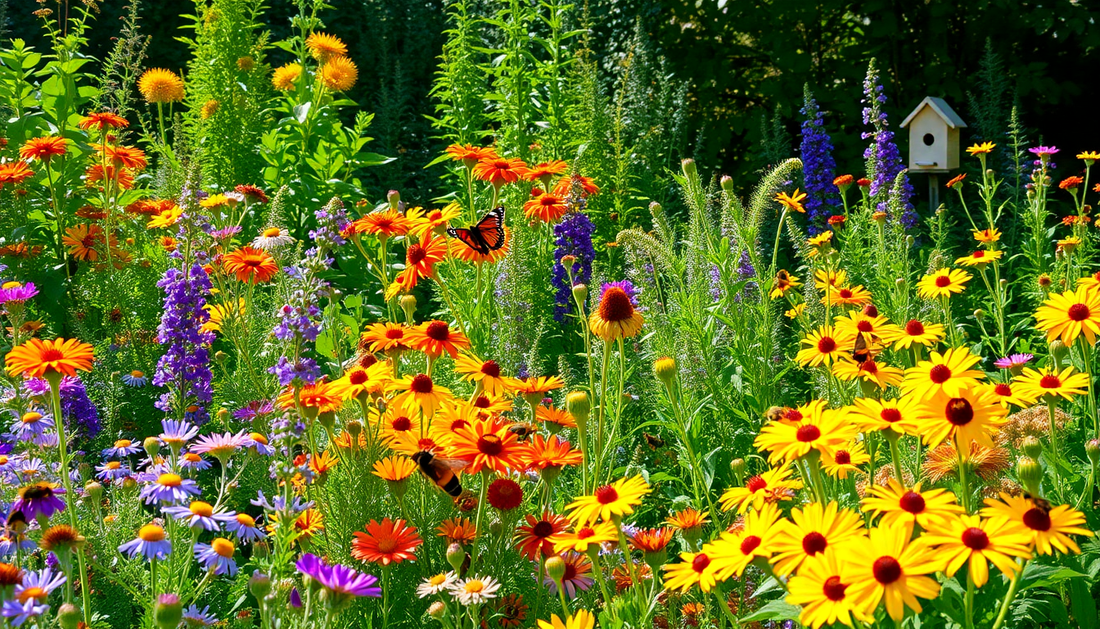
Cultivate a Buzz: Creating a Pollinator-Friendly Garden in Your Backyard
Share
As the sun rises over FloraVistaGarden, the air is alive with the gentle hum of pollinators. Bees, butterflies, and hummingbirds flit from flower to flower, playing a vital role in the delicate balance of our ecosystem. In today's blog post, we'll explore how you can create your own pollinator-friendly oasis right in your backyard.
Understanding the Importance of Pollinators
Pollinators are the unsung heroes of the plant world. These incredible creatures, from bees and butterflies to moths and even some birds, are responsible for the reproduction of over 75% of the world's flowering plants. Without their tireless efforts, our gardens, forests, and agricultural systems would quickly collapse.
Pollinators don't just help plants thrive - they also play a crucial role in maintaining the health of our entire planet. By transferring pollen from one plant to another, they enable the production of fruits and seeds that provide food for countless other species. This intricate web of life is what keeps our ecosystems functioning and resilient.
Attracting a Diverse Array of Pollinators
When it comes to creating a pollinator-friendly garden, the key is to think about the needs of a wide range of species. Different pollinators are attracted to different types of plants, so it's important to incorporate a diverse array of flowering plants into your landscape.
Start by focusing on native plants that are well-suited to your local climate and soil conditions. These plants have evolved alongside your region's pollinators, making them the perfect choice for your garden. Look for a mix of early, mid, and late-blooming species to ensure a continuous source of nectar and pollen throughout the growing season.
Pay attention to the shape, color, and fragrance of the flowers you choose. Pollinators like bees and butterflies are drawn to bright, open blooms, while hummingbirds prefer tubular flowers. Incorporate a variety of shapes and colors to cater to the preferences of your local pollinator community.
Designing a Pollinator-Friendly Layout
Once you've selected your plants, it's time to think about the layout of your garden. Pollinators thrive in gardens that offer a variety of habitats and resources. Start by grouping plants of the same species together in large, sweeping drifts. This creates a more visually appealing display and makes it easier for pollinators to find the plants they need.
Next, consider creating different "zones" within your garden, each with its own unique features. For example, you might have a sunny, open area for nectar-rich annuals and perennials, a shaded corner for woodland-loving species, and a sheltered spot for host plants that support butterfly larvae.
Don't forget to include elements that provide shelter and nesting sites for your pollinator guests. Leave some bare ground or add a small pile of stones for ground-nesting bees, and consider installing a bee hotel or birdhouse to give them a safe place to call home.
Maintaining a Pollinator-Friendly Garden
Keeping your pollinator-friendly garden thriving requires a bit of ongoing care and attention. Avoid using pesticides and herbicides, as these can be harmful to the very creatures you're trying to attract. Instead, embrace natural methods of pest control, such as introducing beneficial insects or using organic mulches to suppress weeds.
Be sure to leave some areas of your garden a little "wild" – pollinators need access to undisturbed soil for nesting, as well as fallen leaves and twigs for shelter. When it comes to pruning and deadheading, time your tasks to minimize disruption to your pollinator guests.
Finally, don't forget to provide a reliable source of water. A simple birdbath, shallow dish, or even a damp sponge can be a lifesaver for thirsty pollinators. Just be sure to keep the water clean and refreshed regularly.
Recommended Pollinator-Friendly Plants for FloraVistaGarden
At FloraVistaGarden, we're proud to offer a wide selection of native and adapted plants that are perfect for creating a pollinator-friendly oasis. Some of our top recommendations include:
- Coneflowers (Echinacea spp.) – These vibrant, daisy-like flowers are a magnet for bees, butterflies, and hummingbirds.
- Bee Balm (Monarda spp.) – With their showy, fragrant blooms, bee balms are a favorite of – you guessed it – bees!
- Purple Coneflower (Echinacea purpurea) – This hardy perennial is not only beautiful, but it also provides a valuable source of nectar and pollen.
- Butterfly Bush (Buddleja davidii) – As the name suggests, this shrub is a prime destination for butterflies and other winged pollinators.
- Lantana (Lantana camara) – With its clusters of brightly colored flowers, lantana is a hummingbird and butterfly magnet.
Cultivating a Buzz in Your Backyard
Creating a pollinator-friendly garden is not only good for the environment, but it's also a rewarding and enjoyable process. By incorporating a diverse array of native plants, providing shelter and water sources, and avoiding harmful chemicals, you can transform your backyard into a vibrant, buzzing oasis that supports the health of our precious pollinators.
So why not get started today? Visit FloraVistaGarden to browse our selection of pollinator-friendly plants, and let's work together to cultivate a garden that's truly alive with the sound of nature's most important partners.
